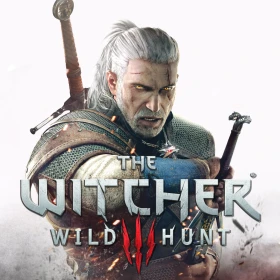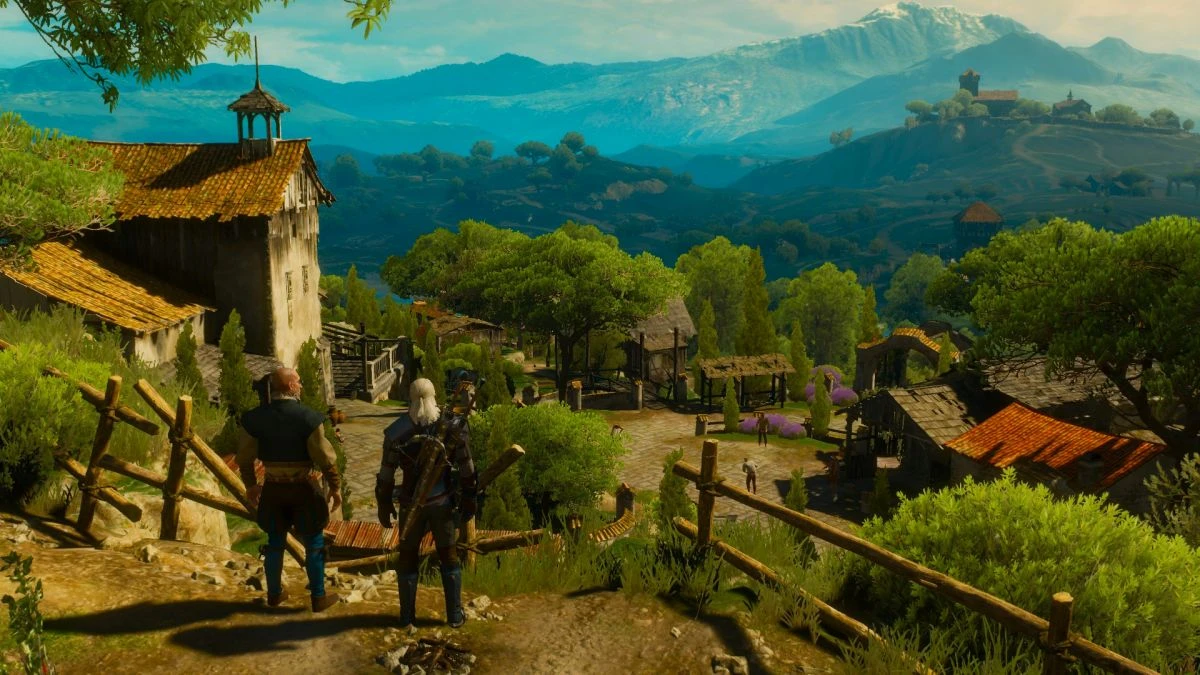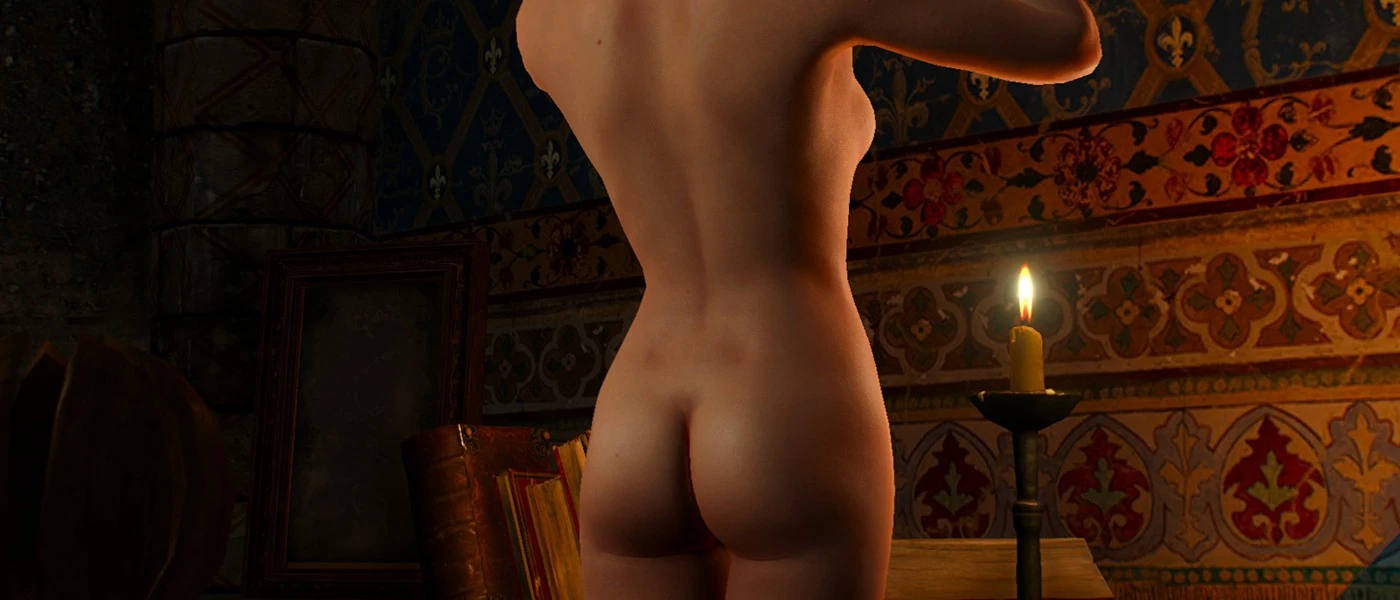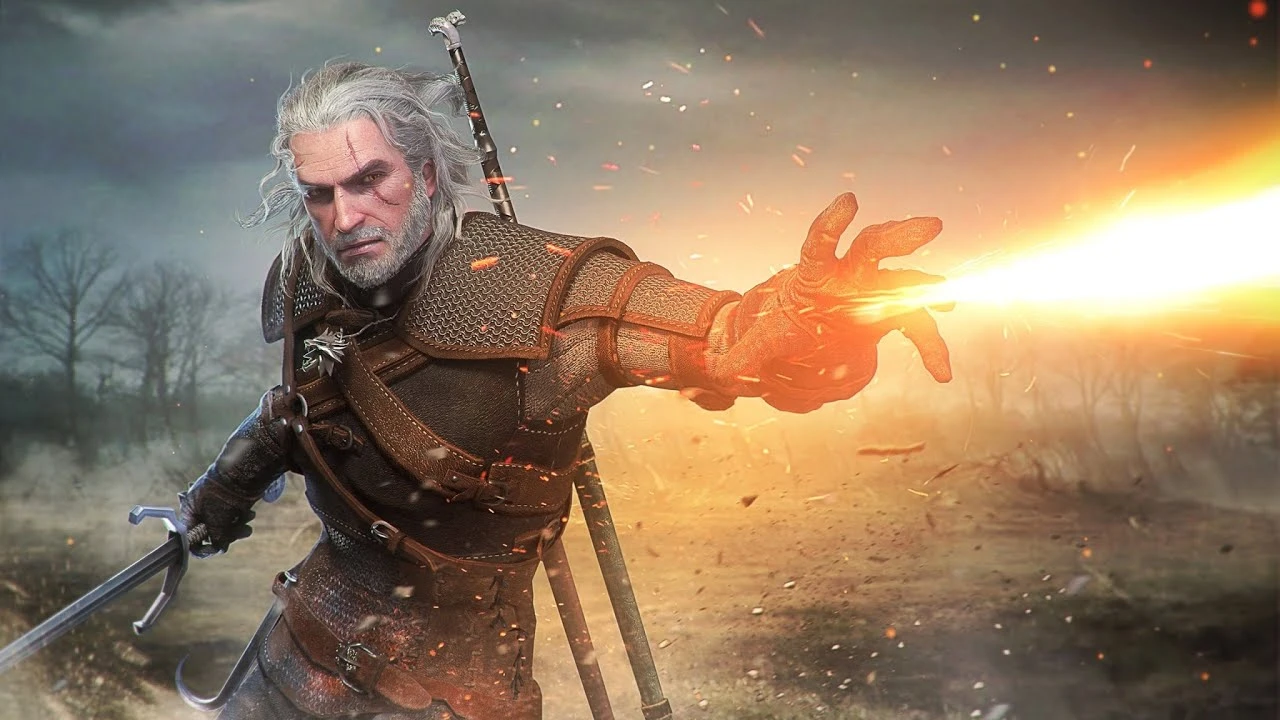Exploring the myriad possibilities within "The Witcher 3: Blood and Wine" expansion offers a glimpse into the complex narrative brilliance that defines the series. This final chapter not only concludes the riveting journey of Geralt of Rivia but also introduces a captivating storyline with consequential choices leading to a multitude of outcomes, known collectively as the blood and wine endings. Understanding these endings is crucial for players seeking to fully experience the depth and breadth of the game. With decisions that influence the fate of characters like Syanna and the daunting task of deciding how to kill Dettlaff, players are faced with choices that weave the intricate tapestry of stories in the rich world of The Witcher 3.
This article delves into the nuances of the blood and wine all endings, providing a detailed overview of the "Blood and Wine" expansion, and dissecting the critical decision points that lead to the diverse finales, including the blood and wine best ending. From the tragic bloodbath to the more optimistic outcomes where peace reigns, each conclusion offers a unique narrative payoff that reflects the choices made throughout the game. Addressing endings from the good ending blood and wine to the resolutions that may leave players pondering what could have been, this exploration aims to guide Witcher fans through the complex web of possibilities that constitute the witcher 3 blood and wine endings.
Overview of 'Blood and Wine' Expansion
In "The Witcher 3: Blood and Wine," players are introduced to the picturesque land of Toussaint, a realm untouched by the ravages of war that plagues other parts of the Witcher universe. This expansion, offering over 30 hours of gameplay, immerses Geralt of Rivia, the seasoned monster slayer, into a world where the beauty of knightly rituals and the indulgence of the wine country mask a dark and ancient secret. The player's journey through Toussaint is not just a quest to explore new territories but a critical mission to unveil the horror behind a beast terrorizing the kingdom. With every clue leading to a dead end, only someone with the unique skills of a Witcher can navigate through the mystery and confront the evil lurking in the shadows.
Discovering Toussaint
Toussaint presents an entirely new realm within "The Witcher's" vast open world, rivaling the size of Velen and Novigrad. The land of wine is not only a visual treat but also a narrative-rich region offering new adventures, characters, and monsters. Players will find themselves visiting new points of interest, embarking on side-quests, and engaging with the local populace, all while trying to solve the mystery of a series of brutal murders.
A Home Away from Home
One of the unique features of this expansion is the introduction of Corvo Bianco, a vineyard that becomes Geralt's personal abode. This addition provides players with a real sense of home within the game, a place to kick back and relax between adventures.
New Challenges and Allies
As players delve deeper into the mystery of the beast terrorizing Toussaint, they will encounter new gear and items, confront monsters never before seen in the series, and make crucial decisions that affect the outcome of their quest. The expansion also introduces new characters, including powerful allies who can assist in the hunt for the beast, and the opportunity to engage in a grand tourney, showcasing true fighting skills.
A Realm of Dark Fantasy
While Toussaint is a land of beauty and indulgence, "Blood and Wine" does not shy away from the series' trademark dark fantasy elements. Players will explore a world where fairytales have gone awry, battle surreal creatures from children's tales, and uncover the grim reality behind the kingdom's facade. The expansion also introduces an all-new game mechanic, allowing players to dye witcher armors in different colors, adding a personal touch to their adventure.
The Final Quest
"Blood and Wine" represents the final quest in Geralt's journey, offering players a comprehensive adventure that is both a continuation and a culmination of the rich storytelling found in "The Witcher 3." From teaming up with old friends like Regis to playing Gwent with a new Skellige deck, the expansion ensures that Geralt's last ride is as memorable as it is epic.
This overview of the "Blood and Wine" expansion highlights the blend of beauty and darkness that defines Toussaint, offering players a complex narrative, challenging gameplay, and the opportunity to leave their mark on the Witcher universe.
The Decision Points Leading to Different Endings
In "The Witcher 3: Blood and Wine," the fate of its characters and the realm of Toussaint hinges on pivotal decisions made by players. These choices unfold across several quests, notably "The Night of the Long Fangs," "Beyond Hill and Dale," and "Pomp and Strange Circumstance." Each decision point steers the narrative towards one of three basic endings: a "good" ending, a "fair" ending, or a "bad" ending. This section explores the critical choices within these quests and their impact on the story's conclusion.
The Night of the Long Fangs Quest
The onset of Dettlaff's attack on the city marks a crucial juncture. Players face a choice between seeking out Syanna, the object of Dettlaff's rage, or consulting Orianna for insight. Aligning with Regis to find Syanna is essential for those aiming for the good ending. This decision leads to the final confrontation with Dettlaff. Without Syanna, Dettlaff attacks, compelling Geralt and Regis to defeat him. If Syanna is present, players must decide whether to let Dettlaff kill her or attempt a negotiation, which inevitably fails, leaving either Syanna or Dettlaff dead.
Beyond Hill and Dale Quest
Navigating the illusory world of fairy tales, players must gather Syanna's ribbon and exhaust all dialogue options with her to set the stage for the good ending. The quest demands meticulous attention to detail, including reading diary entries and engaging in specific dialogues. This quest's completion is pivotal, shaping the narrative's direction and influencing the final outcomes.
Pomp and Strange Circumstance Quest
This final quest underscores the importance of dialogue choices in determining the story's resolution. Here, Geralt discovers Syanna's intent to murder her sister, Anna Henrietta. Successfully navigating this conversation requires selecting empathetic dialogue options that encourage forgiveness and reconciliation. The culmination of these decisions either results in the sisters' deaths or their reconciliation, the latter marking the story's best possible conclusion.
In summary, the path to each ending is forged through a series of choices centered around the complex relationship between Syanna and Anna Henrietta. The decisions made in "The Night of the Long Fangs," "Beyond Hill and Dale," and "Pomp and Strange Circumstance" quests are critical, with each choice leading to vastly different outcomes. Players must carefully navigate these decision points to unlock the desired ending, reflecting the nuanced storytelling that "The Witcher 3: Blood and Wine" is celebrated for.
Ending 1: Bloodbath and Wine
In the gripping narrative of "The Witcher 3: Blood and Wine," players are confronted with choices that lead to profound consequences, shaping the world of Toussaint and its inhabitants. Among these, the ending dubbed "Bloodbath and Wine" stands out as a stark reminder of the potential for tragedy when decisions are made. This ending, often referred to as the worst possible outcome, unfolds a tale of betrayal, revenge, and the ultimate price of unresolved conflicts.
Description
In this harrowing conclusion, the vibrant streets of Beauclair are stained with the blood of its most prominent figures. The sequence of events leading to this ending is triggered during the "Night of the Long Fangs" quest, where the player's decision to seek the unseen vampire results in a fatal confrontation with Detlaff. This choice sets off a chain reaction of violence and retribution, culminating in a devastating meeting between Syanna and her sister, Anna Henrietta, in the palace grounds.
Without the protective ribbon obtained from the Land of a Thousand Fables, Syanna is left vulnerable, and her pent-up anger towards her sister finds a tragic outlet. The confrontation ends with Syanna fatally stabbing Anna Henrietta, an act of vengeance that is swiftly met with retribution as Damien, the captain of the guard, takes down Syanna. This ending leaves no room for reconciliation or redemption, only the bitter aftermath of a feud that destroys everything it touches.
Key Decisions
- Choice of Quest Path: The pivotal moment comes when players must choose between seeking Syanna or the unseen vampire. Opting to confront Detlaff directly sets the stage for the tragic events to follow.
- Acquisition of the Ribbon: Venturing into the magical realm of the Land of a Thousand Fables offers a chance to alter Syanna's fate. Here, players can obtain a ribbon that has the power to protect Syanna from Detlaff's wrath during the Tesham Mutna quest. However, failing to secure this item or to further investigate Syanna's motives leaves her defenseless and vengeful.
- Confrontation with Syanna: Even if players manage to navigate the complexities of the fairy tale world and confront Syanna, convincing her of her sister's innocence is a challenge. Failure to persuade Syanna results in her decision to carry out her plan, leading to the grim conclusion of both sisters' demise.
The "Bloodbath and Wine" ending serves as a grim reminder of the consequences of choices in the world of "The Witcher 3." It underscores the importance of thorough investigation and the weight of decisions, as players navigate the moral complexities of Geralt's world. This ending not only reflects the darkest aspects of human (and non-human) nature but also highlights the intricate storytelling that makes "The Witcher 3: Blood and Wine" a compelling experience for players.
Ending 2: A Fine Vintage
In "The Witcher 3: Blood and Wine," players are allowed to navigate through a complex narrative, where the fate of characters and the outcome of the story hinge on key decisions made throughout the gameplay. Among the various endings, "A Fine Vintage" provides a narrative path that, while not the most optimistic, offers a bittersweet resolution to the tale of the two sisters, Syanna and Anna Henrietta, and the turmoil within the land of Toussaint.
Description
This ending unfolds as Geralt decides to find Syanna during "The Night of the Long Fangs" quest but fails to acquire a crucial item in "Beyond Hill and Dale" - the protective ribbon. This decision leads to a tragic turn of events at Tesham Mutna, where Syanna is killed by Dettlaff. The absence of the ribbon, which could have saved her, marks a pivotal moment that steers the story towards this particular ending. Following this, the confrontation between Geralt and Dettlaff becomes inevitable. If Geralt chooses to fight Dettlaff, he is joined by Regis, who proves his loyalty by delivering the final blow to Dettlaff. However, this act of loyalty turns the vampire community against Regis, adding a layer of tragedy to the outcome.
In the aftermath, Geralt is thrown into jail for his perceived role in the events that led to Syanna's death. This prevents the player from pursuing the "Pomp and Strange Circumstance" quest, leading instead to "Burlap is the New Stripe." In a twist of fate, Geralt's old friend, Dandelion, comes to his rescue, providing a glimmer of hope in an otherwise grim situation.
Key Decisions
- Finding Syanna: Choosing to find Syanna during "The Night of the Long Fangs" quest sets the stage for this ending.
- Failing to Obtain the Ribbon: Not acquiring the protective ribbon in "Beyond Hill and Dale" leads to Syanna's death, a critical event that influences the story's direction.
- Confronting Dettlaff: The decision to fight Dettlaff, with Regis' assistance, adds complexity to the ending, highlighting themes of loyalty and sacrifice.
- The Aftermath: Geralt's imprisonment and subsequent rescue by Dandelion underscore the consequences of the choices made by the player.
This ending, "A Fine Vintage," encapsulates the nuanced storytelling of "The Witcher 3: Blood and Wine," showcasing how decisions, no matter how small or seemingly irrelevant, can have profound implications on the narrative's outcome. It serves as a poignant reminder of the weight of choice in the world of The Witcher, where every action can lead to far-reaching consequences for the characters and the land they inhabit.
Ending 3: Being non-human
Description
In the third ending of "The Witcher 3: Blood and Wine," titled "Being non-human," the narrative unfolds with a poignant emphasis on the consequences of Geralt's decisions regarding Syanna. This ending is marked by a series of tragic events that culminate in Syanna's death before she can face trial, illustrating the harsh realities of the game's world. The sequence begins when Geralt chooses to seek Syanna during the "Night of the Long Fangs" quest but neglects to secure a magical protective ribbon in the Fairy Tale world. This oversight leads to her being vulnerable to Dettlaff's wrath at Tesham Mutna, where he fatally wounds her.
Following Syanna's death, Geralt faces a dilemma with Dettlaff: to kill the vampire or let him escape. Regardless of the choice, the Duchess of Toussaint expresses her dissatisfaction with the outcome, leading to Geralt's imprisonment. This stark ending highlights the intricate interplay between choice and consequence, a central theme in the narrative of "The Witcher 3."
Key Decisions
- Seeking Syanna: The decision to find Syanna during "The Night of the Long Fangs" is crucial. It sets the narrative towards this particular ending.
- The Ribbon: Failing to acquire the protective ribbon in "Beyond Hill and Dale" leaves Syanna defenseless against Dettlaff, directly influencing her fate.
- Dealing with Dettlaff: Geralt must decide Dettlaff's fate after Syanna's death. This decision affects the Duchess's reaction and Geralt's subsequent treatment.
The ending also underscores the non-human elements of the narrative, as Geralt retires to his vineyard, reflecting on the journey and the impacts of his choices. Depending on decisions made earlier in the main game, Geralt's retirement is accompanied by different characters, highlighting the interconnectedness of choices across the game's broader storyline.
Post-Endings Implications
Impact on Regis and Toussaint
The implications of the various endings in "The Witcher 3: Blood and Wine" significantly affect both Regis and the region of Toussaint. Regis, a longstanding and dear friend of Geralt, faces considerable consequences based on the player's decisions. In scenarios where Dettlaff is allowed to live, Regis does not become an outcast, maintaining his status and relationships within the vampire community. This outcome aligns with Geralt's past decisions where sentient monsters who cease their killings are often spared, reflecting a fulfillment of the witcher's moral and professional code.
Toussaint, the picturesque land that serves as the backdrop for this expansion, also experiences varying degrees of change based on the story's conclusion. The stability of this region hinges on the resolution of the conflicts involving its key figures, Syanna and Anna Henrietta. Depending on the player's choices, Toussaint could either continue flourishing in peace or suffer from the repercussions of unresolved vendettas and leadership voids.
Corvo Bianco Epilogue
The epilogue at Corvo Bianco, Geralt's vineyard, serves as a reflective close to his adventures in Toussaint, with different characters appearing based on the player's earlier decisions. The presence of these characters at Corvo Bianco is determined by the romantic choices Geralt has made:
- Yennefer or Triss: If Geralt chooses Yennefer or Triss, the respective character will appear at the vineyard, depending on whom he romanced.
- Ciri's Outcome: If Ciri survives the main storyline and Geralt has not romanced Yennefer or Triss, she will visit Corvo Bianco. Her appearance underscores the father-daughter bond shared with Geralt, irrespective of the romantic outcomes.
- Dandelion: In scenarios where neither Yennefer, Triss, nor Ciri are present, Dandelion, Geralt's loyal friend, will make an appearance. This happens especially if the romantic attempts with both Yennefer and Triss have failed or if Ciri has not survived her ordeals.
This epilogue not only highlights the consequences of Geralt's decisions throughout the game but also provides closure, showcasing how his relationships have evolved and how they continue to influence his life at Corvo Bianco.
Conclusion
Through a thorough exploration of the narrative arcs in "The Witcher 3: Blood and Wine," this article has dissected the complex web of decision-making that leads to the game's diverse endings. The journey through Toussaint is not merely one of beauty and indulgence but embodies a deeper exploration of choice, consequence, and the fragile nature of peace and justice. By navigating critical decision points, players engage in a narrative deeply reflective of the game's overarching themes, highlighting the impact of the choices they make, whether striving for the blood and wine best ending or encountering the grim reality of the bloodbath ending.
As players reflect on the events that unfold in "The Witcher 3: Blood and Wine," they find that the essence of the game lies in its ability to weave complex narratives that offer a profound commentary on the nature of redemption, responsibility, and the quest for justice. The endings, rich in nuance and consequence, serve not only as a conclusion to Geralt's journey but also as a mirror reflecting the player's values and decisions throughout the game. Ultimately, "The Witcher 3: Blood and Wine" stands as a testament to the power of storytelling in video games, where every choice adds a stroke to the larger picture of the narrative masterpiece it aims to paint.
FAQs
How many different conclusions are there in The Witcher 3: Blood and Wine?
The Witcher 3: Wild Hunt - Blood And Wine expansion features three distinct endings. Each ending varies based on the choices you make during the game. The Witcher series, originally a book series by Andrzej Sapkowski, follows the adventures of Geralt of Rivia, a witcher with magical abilities trained to hunt monsters.
Which ending is considered the best in The Witcher 3: Blood and Wine?
While it's impossible to save every character in the Blood and Wine expansion, the most favorable outcome involves killing Detlaff and rescuing the sisters. To achieve this, during the Night of the Long Fangs, you should find Syanna, enter the Fairy Tale world, secure the ribbon, and ultimately defeat Detlaff.
Are there really 36 endings to The Witcher 3?
The Witcher 3 features 36 different ending variations. This number does not represent separate ending scenes but rather the various possible states the game's world can be in at the conclusion of the story.
Should I choose to free Syanna or seek out Orianna for the best outcome?
To navigate directly towards the best ending in Blood and Wine, it is advisable to go after Syanna. You have the option to follow Orianna's path until the completion of the quest Blood Simple. However, after this quest, you must make a crucial choice to either continue pursuing Syanna or switch to seeking the Elder Vampire, which will determine your ending path.








Comments